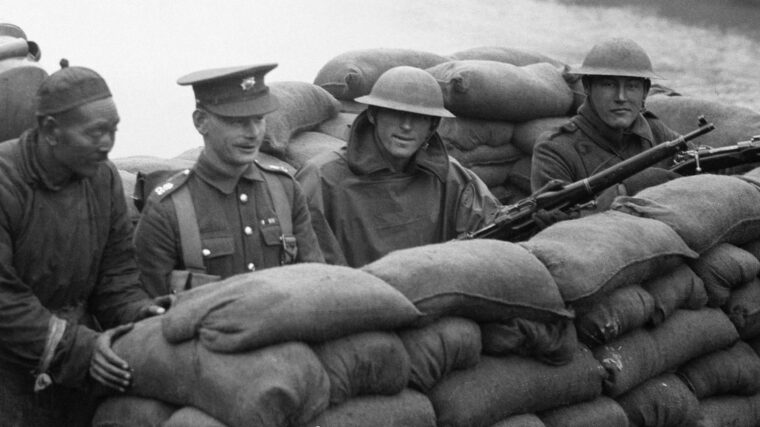
Japan
A Memorable Marine Mascot
By Eric NiderostSoochow was a mongrel dog with a remarkable gift for self-preservation. A homeless stray, he attached himself to some U.S. Read more

Japan
Soochow was a mongrel dog with a remarkable gift for self-preservation. A homeless stray, he attached himself to some U.S. Read more
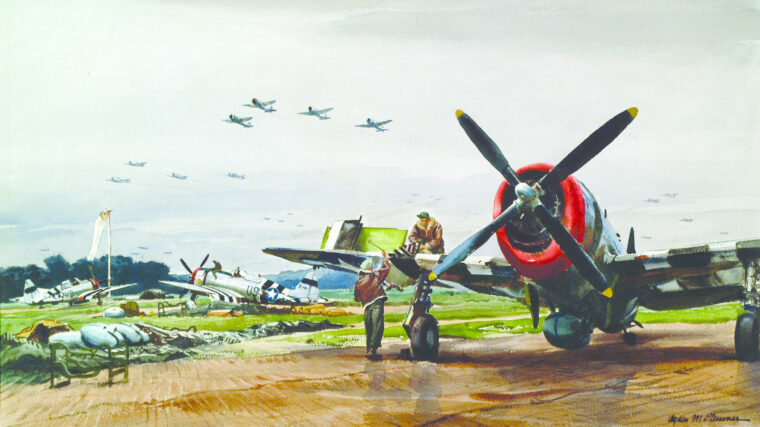
Japan
Since the end of World War II, the aviation press has made the North American P-51 Mustang into the superstar Allied fighter of the war. Read more
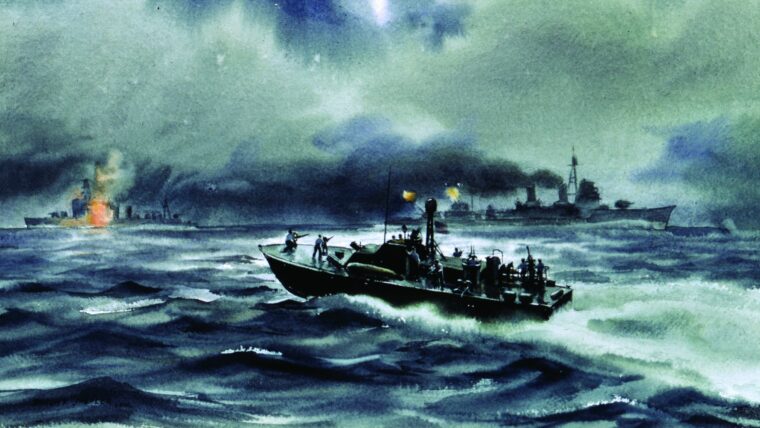
Japan
At 2:43 pm on October 24, 1944, one day before the Battle of Surigao Strait, Rear Admiral Jesse B. Read more
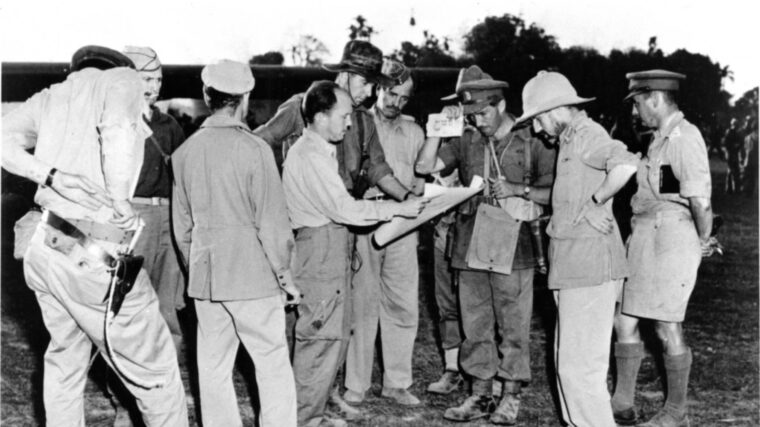
Japan
British General Orde Wingate is one of the more enigmatic World War II commanders encountered in a number of biographical and military historical accounts. Read more
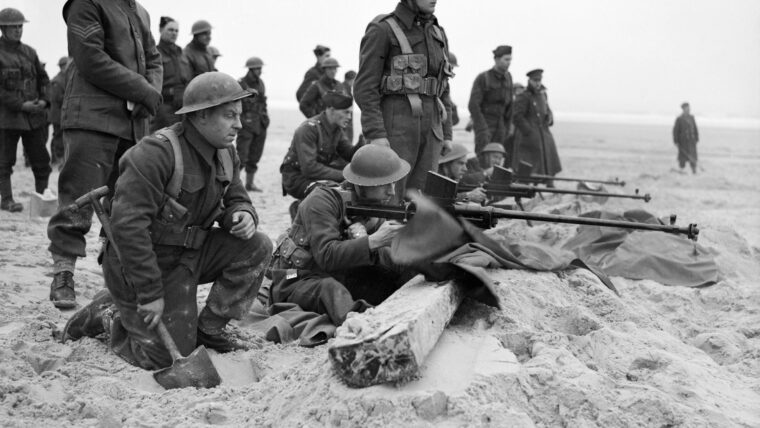
Japan
When the first tanks appeared in World War I, they were relatively lightly armored and protected the crews only against small-arms fire. Read more
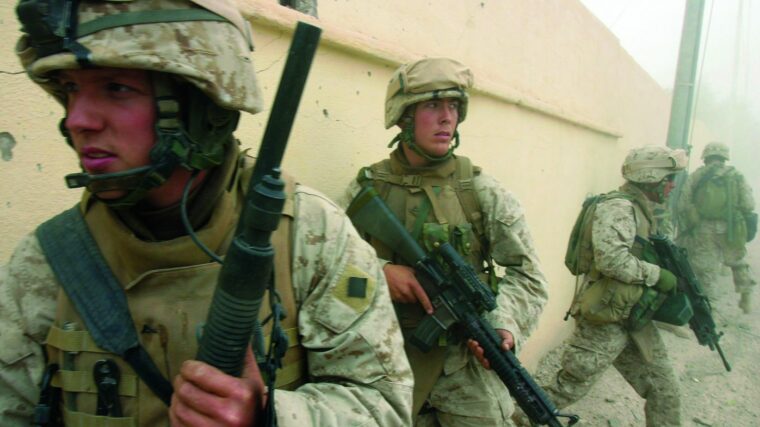
Japan
Coming upon the enemy’s rear guard outside the western Kentucky village of Sacramento, four days after Christmas 1861, Confederate Colonel Nathan Bedford Forrest ordered his cavalry to advance. Read more
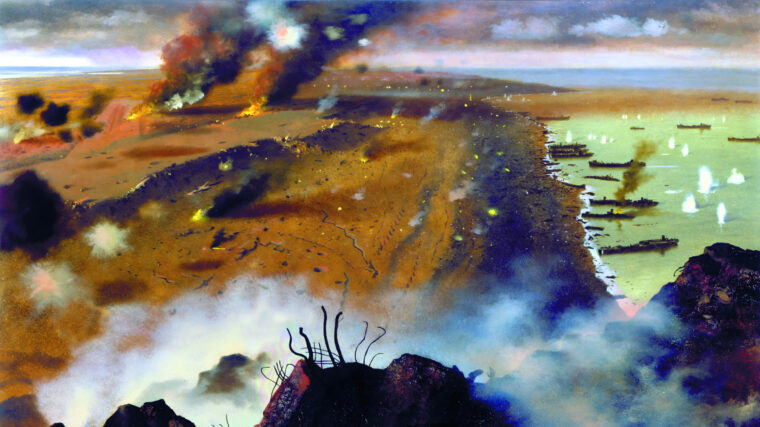
Japan
No foreign army in the 5,000-year history of Japan had ever successfully conquered Japanese territory. In late 1944, American war planners were about to challenge that statistic on the tiny Pacific island of Iwo Jima. Read more
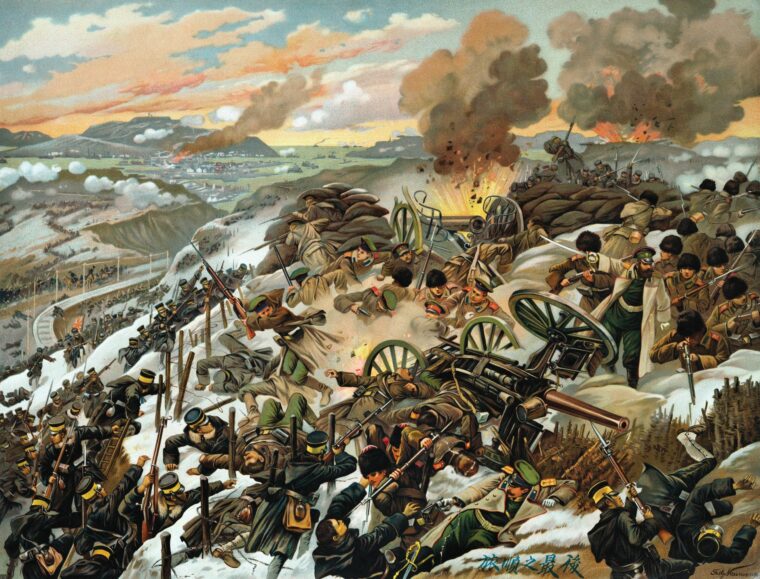
Japan
On the chilly night of February 8, 1904, the Imperial Russian Navy’s Pacific Squadron lay peacefully at anchor just outside Port Arthur’s main harbor. Read more
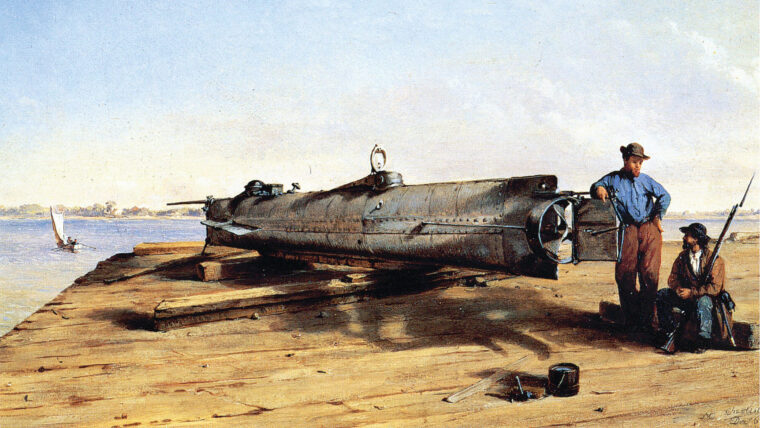
Japan
The concept of a ship that could submerge beneath the water and then resurface dates back as far as the late 1400s, when Italian Renaissance artist and inventor Leonardo da Vinci claimed to have found a method for a ship to remain submerged for a protracted period of time. Read more
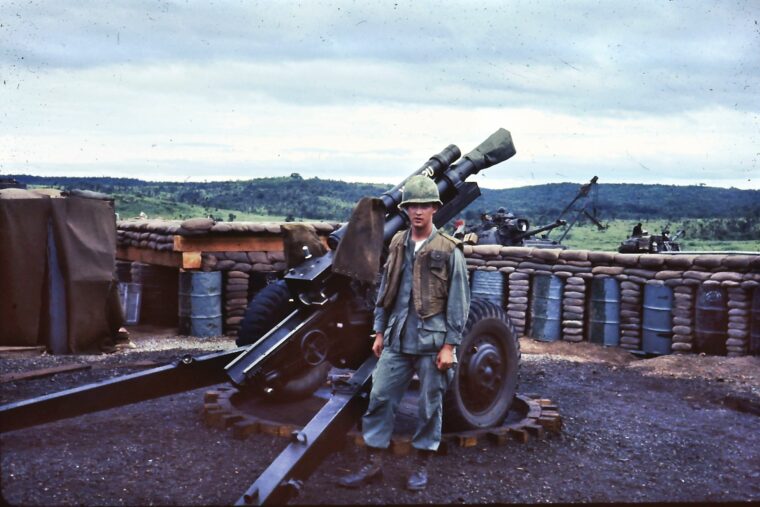
Japan
Nineteen-year-old U.S. Army Specialist E5 James Griffith wasn’t particularly nervous when he boarded Seaboard World Airlines Flight 253 at McChord Air Base in Tacoma, Washington, on June 30, 1968. Read more
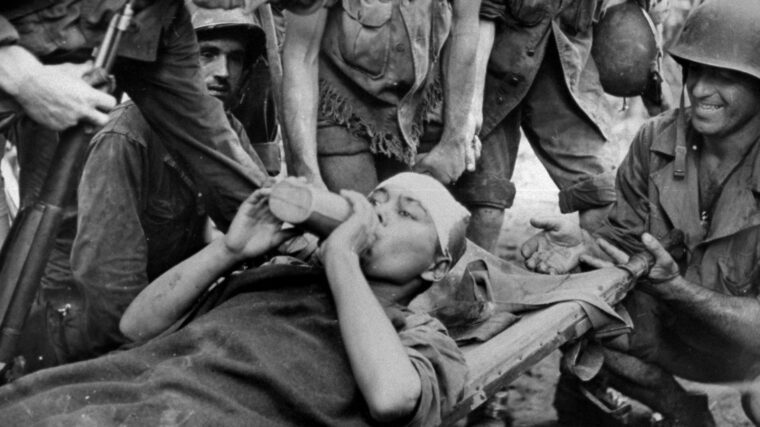
Japan
The first recorded encounter between American forces and Koreans in the Central Pacific during World War II came at Tarawa Atoll in November 1943. Read more
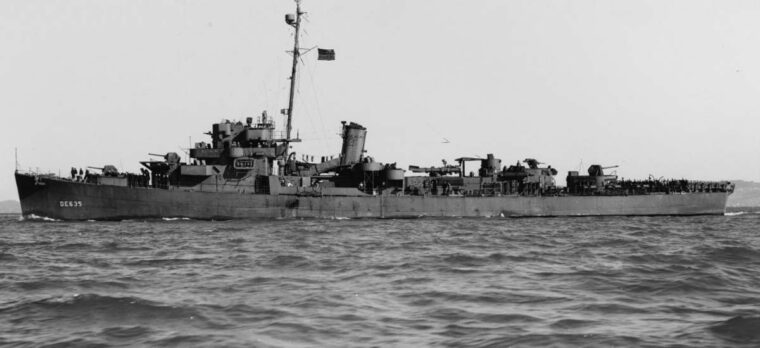
Japan
From his naval base at Tawi Tawi in the southern Philippines, Japanese Admiral Soemu Toyoda anxiously perused intelligence reports that might provide a clue to the objective of the next seaborne South Pacific invasion by American military in the spring of 1944. Read more
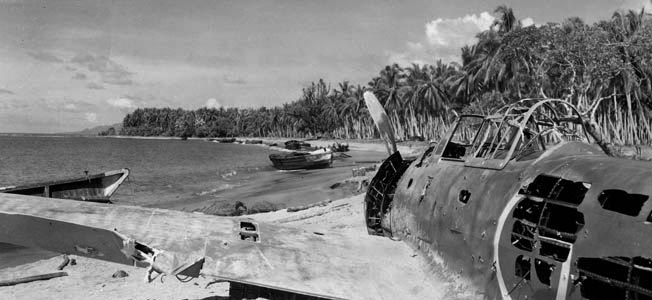
Japan
On August 7, 1942, American Marines landed unopposed on the island of Guadalcanal in the Solomons chain. The island was the key to future offensive operations in the South Pacific for either side, and the Marines were determined to defeat the Japanese in their first significant ground assault of the Pacific War. Read more
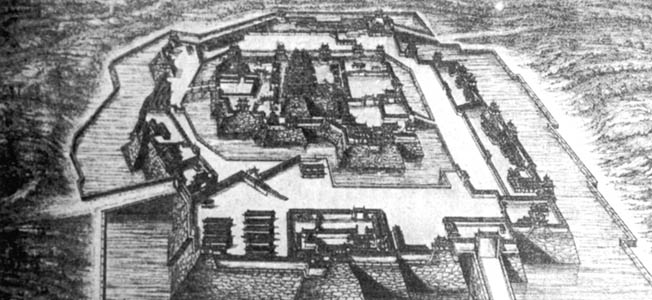
Japan
The castle (shiro) played an important role in 16th- and early 17th-century Japan. Like its medieval counterparts in Europe, the Japanese castle was a fortified building or series of buildings that had both defensive and offensive capabilities. Read more
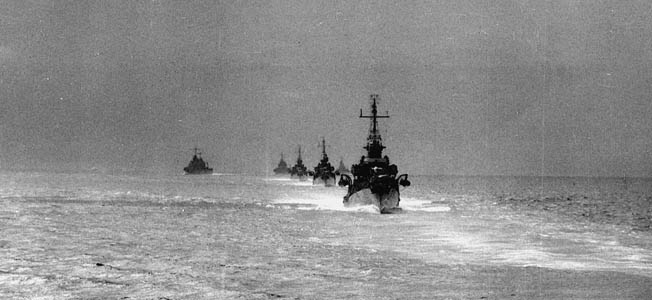
Japan
The Japanese Imperial Navy was an elite and elitist organization. As prone at the administrative levels as any large bureaucracy to becoming bogged down in paperwork, careerism, politics, and minutia, the Imperial Navy nevertheless enjoyed a unique dynamic. Read more
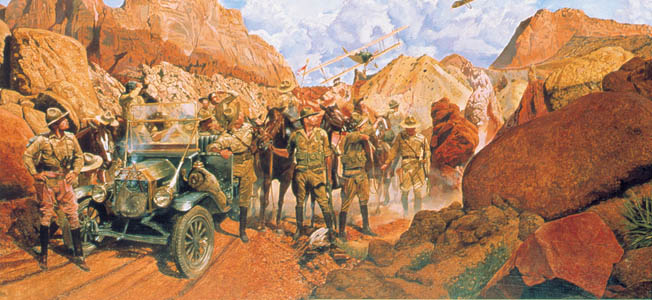
Japan
General George C. Marshall had a problem. With the U.S. entry into World War II, he had to explain to an isolationist nation why the country was going to war. Read more
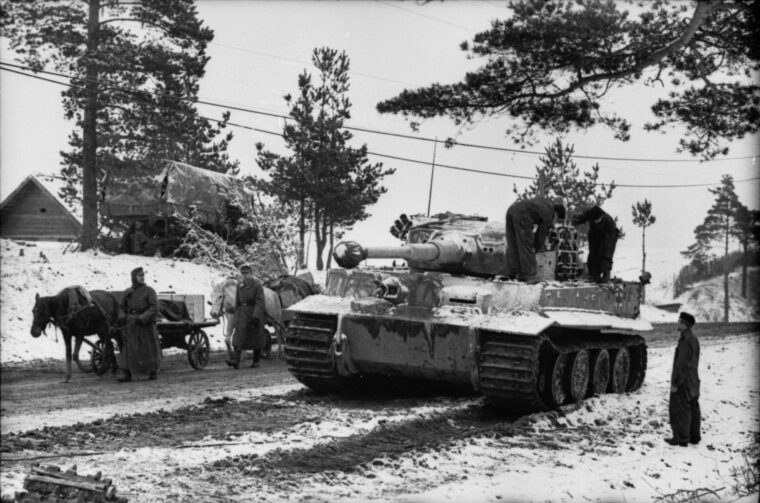
Japan
Advances in military technology, including tanks, jets, and rockets, are among the popular images of Nazi Germany during World War II. Read more
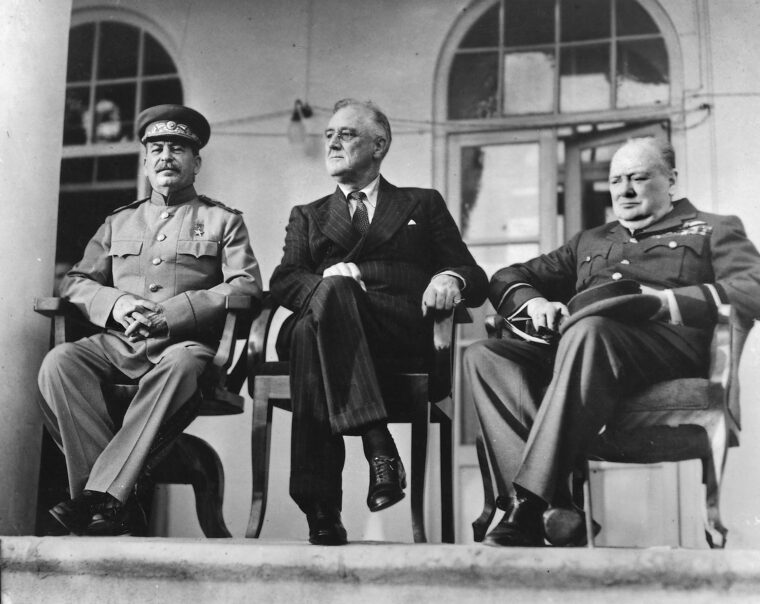
Japan
World War II made a disparate trio of allies —British Prime Minister Winston Churchill, Soviet Marshal Josef Stalin, and American President Franklin D. Read more
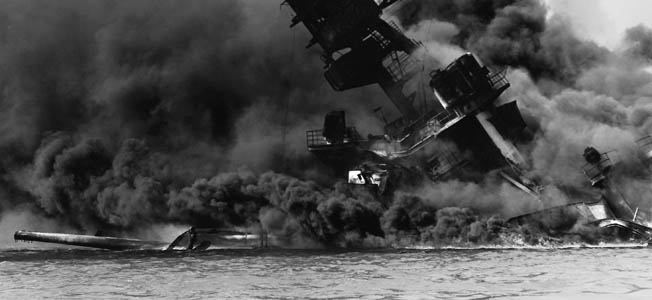
Japan
On December 7, 1941, Japanese naval aircraft attacked the U.S. Navy base at Pearl Harbor on the Hawaiian island of Oahu, as well as other U.S. Read more
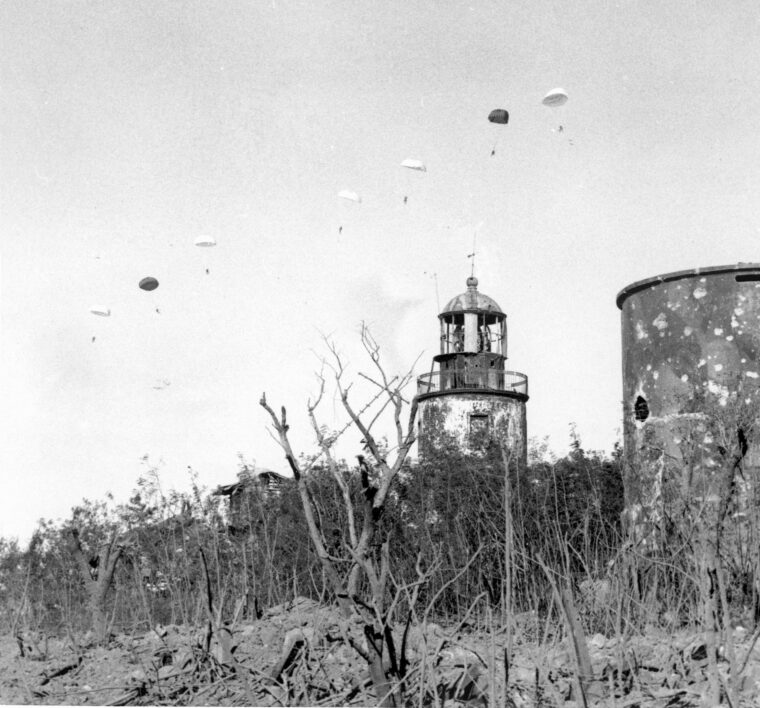
Japan
Within a week of the Los Baños raid, paratroopers from Burgess’s 1st Battalion moved back into the Los Baños area to occupy the region. Read more